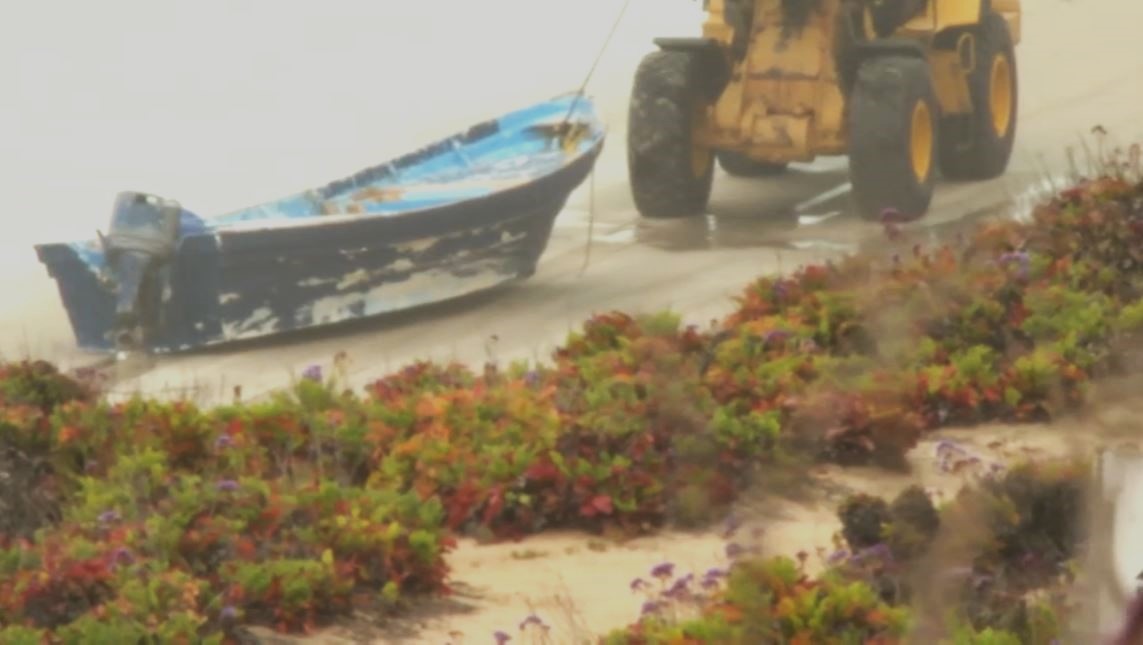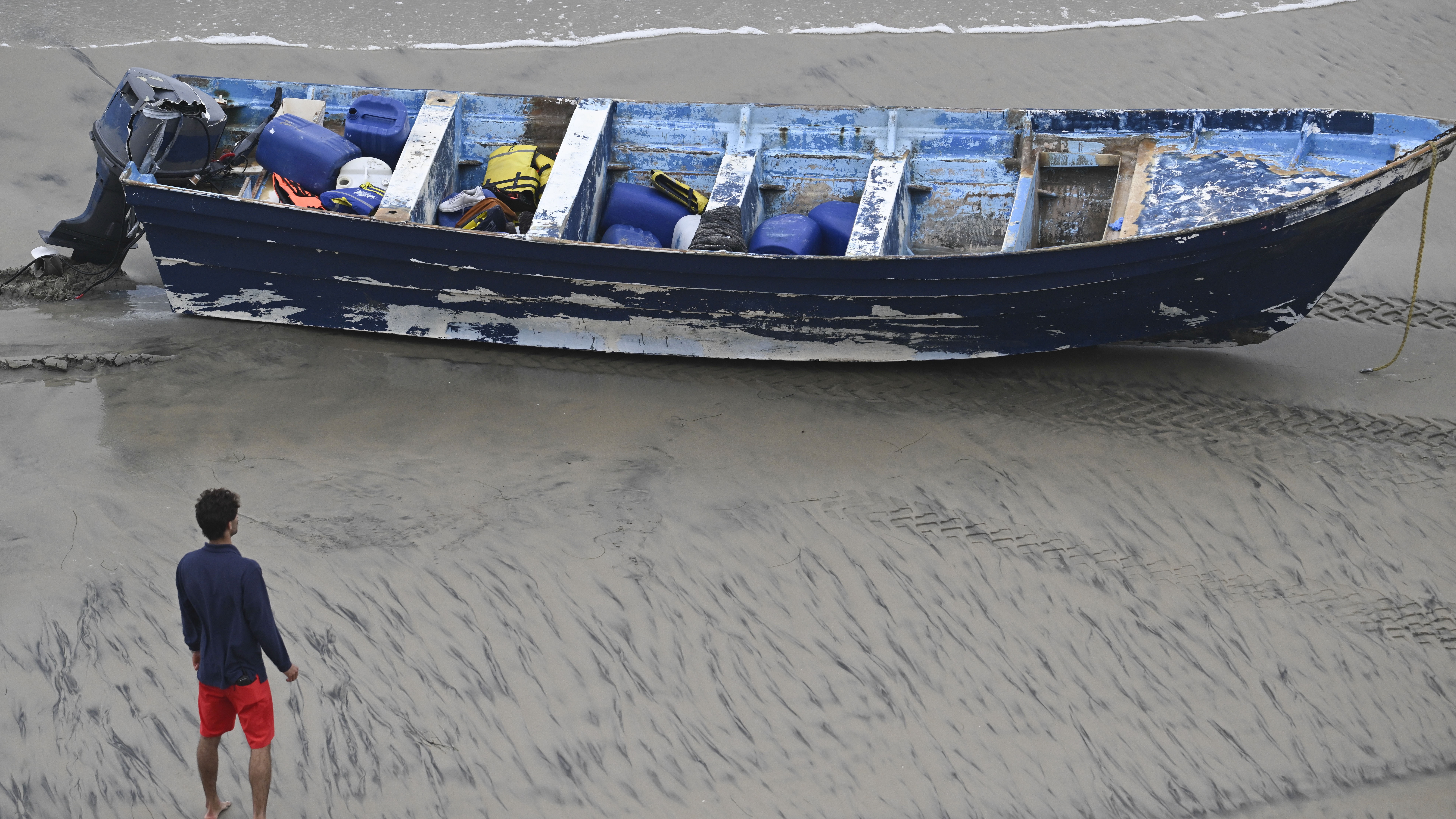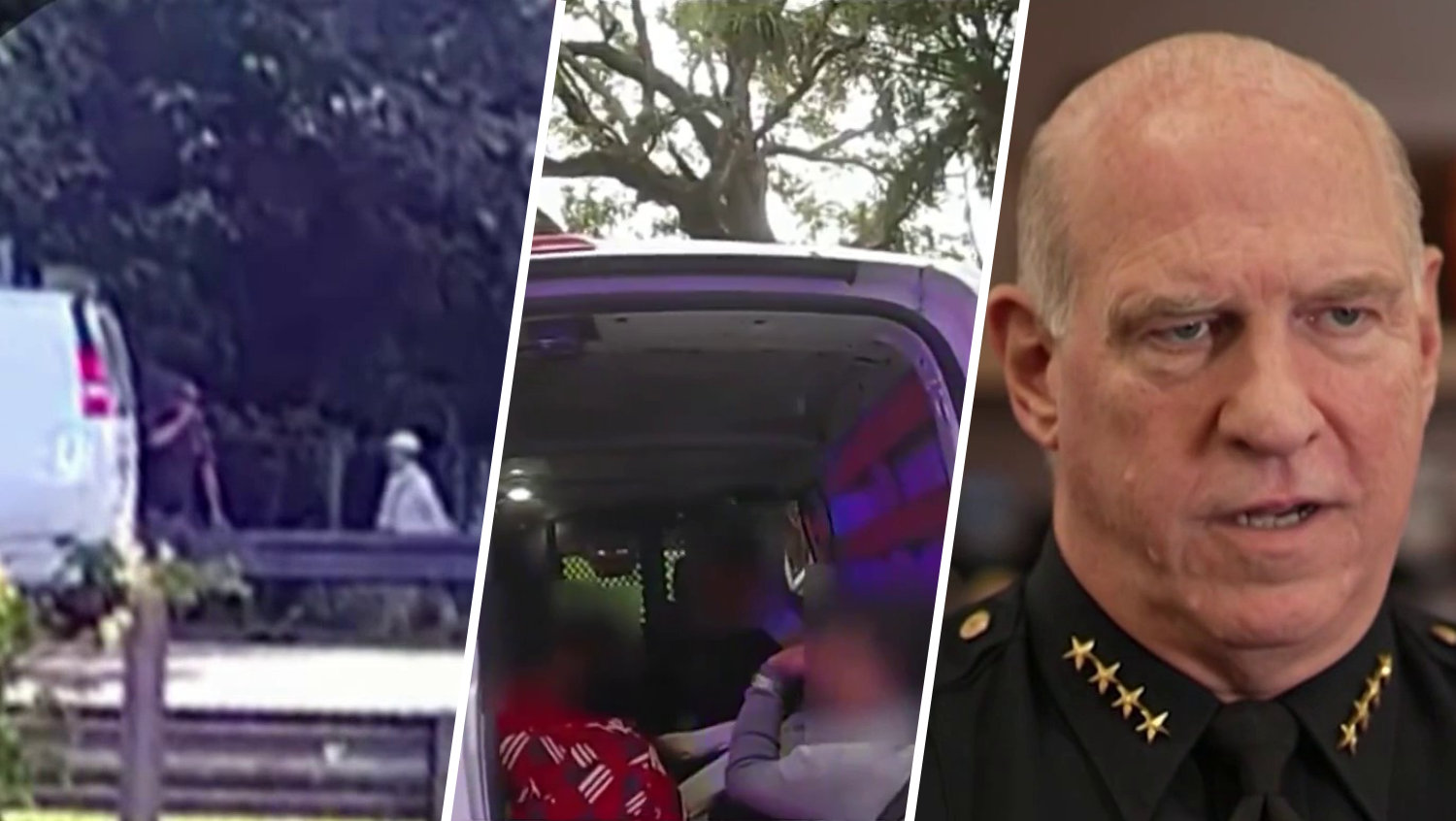Boat Overturns San Diego: 3 Dead, 9 Missing!
Tragedy at Sea: 3 Dead, Search Ongoing After Boat Capsizes Off San Diego Coast
A Morning of Anguish: Boat Overturns Near Del Mar
The Pacific Ocean turned treacherous early Monday morning as a panga boat carrying multiple people capsized off the coast of San Diego County. At least three lives have been tragically lost, and the search continues for nine individuals still missing. The incident unfolded near Del Mar, just north of the popular Torrey Pines State Beach, sending shockwaves through the local community and prompting a large-scale rescue operation.
The Initial Response: Lifeguards and First Responders on Scene
At approximately 6:30 a.m., the first distress calls reached authorities. Encinitas Deputy Fire Chief Jorge Sanchez confirmed the grim discovery of three deceased individuals and the swift transport of four survivors to local hospitals. Lifeguards played a crucial role in pulling survivors from the frigid waters, battling against time and challenging conditions.
The Race Against Time: Search and Rescue Efforts Intensify
The primary focus now is on locating the missing individuals. Multiple agencies, including the U.S. Coast Guard, local fire departments, and lifeguard services, are collaborating in the intensive search and rescue operation. Helicopters scan the coastline from above, while boats comb the ocean's surface, desperately hoping to find signs of life. But as the hours pass, the odds dwindle.
Unanswered Questions: The Mystery of the Panga Boat
Many questions remain unanswered. What caused the boat to overturn? Where were these people headed? Why were they traveling in a small, open boat so far from shore? The investigation is just beginning, but the priority right now is rescuing anyone who might still be alive. What secrets does this ill-fated voyage hold?
Limited Information: Piecing Together the Puzzle
Information is still scarce and evolving. Initial reports on the number of people aboard the panga boat have varied, ranging from nine to sixteen. Petty Officer Chris Sappey, a public affairs specialist with the San Diego Coast Guard, indicated the boat was believed to be involved in human smuggling.
The Reality of Human Smuggling: A Dangerous Undertaking
This tragic incident underscores the inherent risks associated with human smuggling. These often-overcrowded and poorly maintained vessels navigate treacherous waters, putting vulnerable individuals in grave danger. It's a stark reminder of the lengths people will go to in search of a better life, and the unscrupulous individuals who exploit their desperation.
The Lure of Opportunity: Why San Diego?
San Diego's proximity to the U.S.-Mexico border makes it a frequent target for human smuggling operations. The coastline, while beautiful, can be unforgiving, and the journey across the ocean is fraught with peril. It's a complex issue with no easy solutions, demanding a multi-faceted approach that addresses both security and humanitarian concerns. It is a problem that authorities have been struggling with for years.
The Impact on the Community: Grief and Uncertainty
The community of Del Mar and surrounding areas is reeling from this tragedy. The sight of emergency vehicles lining the beach and the sound of helicopters overhead serve as a constant reminder of the lives lost and the families anxiously awaiting news. It's a moment of collective grief and uncertainty, a somber reminder of the fragility of life.
Supporting the Victims and Their Families: How Can You Help?
In times of tragedy, it's natural to want to help. While the immediate focus is on the search and rescue efforts, opportunities to support the victims and their families will likely emerge. Local organizations may coordinate fundraising efforts or provide counseling services. Stay informed and look for ways to contribute to the recovery process. But above all, remember those who have lost their lives.
The Dangers of the Pacific Ocean: A Respectful Reminder
The Pacific Ocean is a powerful force of nature, capable of both breathtaking beauty and devastating destruction. Even experienced mariners treat it with respect. Strong currents, unpredictable weather patterns, and the sheer vastness of the ocean can quickly turn a pleasant voyage into a life-threatening situation. Never underestimate the power of the sea.
Navigating the Waters: Safety Tips for Boating
If you're planning to be on the water, prioritize safety above all else. Here are some essential tips:
- Check the weather forecast before you go.
- Ensure your boat is properly maintained and equipped with safety gear, including life jackets.
- Inform someone of your itinerary and expected return time.
- Be aware of your surroundings and potential hazards.
- Never overload your boat.
- Know how to operate your boat safely.
The Investigation Begins: Unraveling the Circumstances
As the search and rescue operation winds down, the investigation into the cause of the boat capsizing will intensify. Authorities will examine the vessel, interview survivors, and gather any available evidence to determine what went wrong. The goal is to prevent similar tragedies from happening in the future. Was it negligent behavior, mechanical failure, or something else entirely?
Holding Accountable Those Responsible: Justice for the Victims
If negligence or criminal activity is determined to be a factor in the boat capsizing, those responsible will be held accountable. Justice for the victims and their families is paramount. This may involve criminal charges, civil lawsuits, or a combination of both. The search for justice begins now.
Preventing Future Tragedies: A Call for Action
This tragic event serves as a wake-up call. More needs to be done to prevent human smuggling and ensure the safety of those who venture out onto the ocean. This includes increased border security, stricter enforcement of maritime regulations, and public awareness campaigns to educate people about the dangers of human smuggling. But what can really change?
Cooperation and Collaboration: A United Front
Addressing the issue of human smuggling requires a collaborative effort from law enforcement agencies, government organizations, and community groups. By working together, we can disrupt smuggling networks, protect vulnerable individuals, and prevent future tragedies. Only if there is full cooperation is there any hope.
The Emotional Toll: Coping with Grief and Trauma
Witnessing or being involved in a tragedy like this can have a profound emotional impact. It's important to acknowledge your feelings and seek support if you're struggling. Talking to a therapist, counselor, or trusted friend can help you process your emotions and cope with grief and trauma. Don't be afraid to ask for help. It is available.
Resources for Support: Where to Turn for Help
Several resources are available to provide support during times of crisis. These include:
- Local mental health organizations
- Crisis hotlines
- Support groups
- Employee assistance programs (EAPs)
A Community United in Grief and Resilience: Moving Forward
The community of San Diego County will undoubtedly come together to support those affected by this tragedy. Despite the pain and loss, there is also a spirit of resilience and determination to learn from this experience and prevent future tragedies. It is at times like these that we discover the truth about ourselves and those around us.
Conclusion: Remembering the Victims, Preventing Future Loss
The capsizing of the panga boat off the San Diego coast is a devastating tragedy that has claimed at least three lives and left nine missing. The incident underscores the dangers of human smuggling and the inherent risks of navigating the Pacific Ocean. As the search for the missing continues and the investigation unfolds, it's important to remember the victims, support their families, and work together to prevent future tragedies. This event is a stark reminder of the fragility of life and the importance of safety and respect for the ocean.
Frequently Asked Questions (FAQ)
Here are some frequently asked questions about the boat capsizing incident:
-
What is a panga boat?
A panga boat is a type of modest-sized, open, outboard-powered fishing boat common in many parts of Latin America. They are often used for fishing and transportation, but unfortunately also by human smugglers.
-
What caused the boat to overturn?
The exact cause is still under investigation. Potential factors include overloading, rough sea conditions, mechanical failure, and operator error. It is also important to know how to operate a boat like this, especially in certain conditions.
-
What agencies are involved in the search and rescue efforts?
The U.S. Coast Guard, local fire departments, and lifeguard services are all participating in the search and rescue operation, collaborating with each other to try and rescue the missing.
-
How can I help the victims and their families?
Local organizations may coordinate fundraising efforts or provide counseling services. Stay informed and look for ways to contribute to the recovery process. Monetary donations are often the best way to help.
-
What are the dangers of human smuggling?
Human smuggling is extremely dangerous. Smugglers often prioritize profit over safety, putting vulnerable individuals at risk in overcrowded, poorly maintained boats. The journey across the ocean is fraught with peril, including rough seas, extreme weather, and the risk of drowning.


